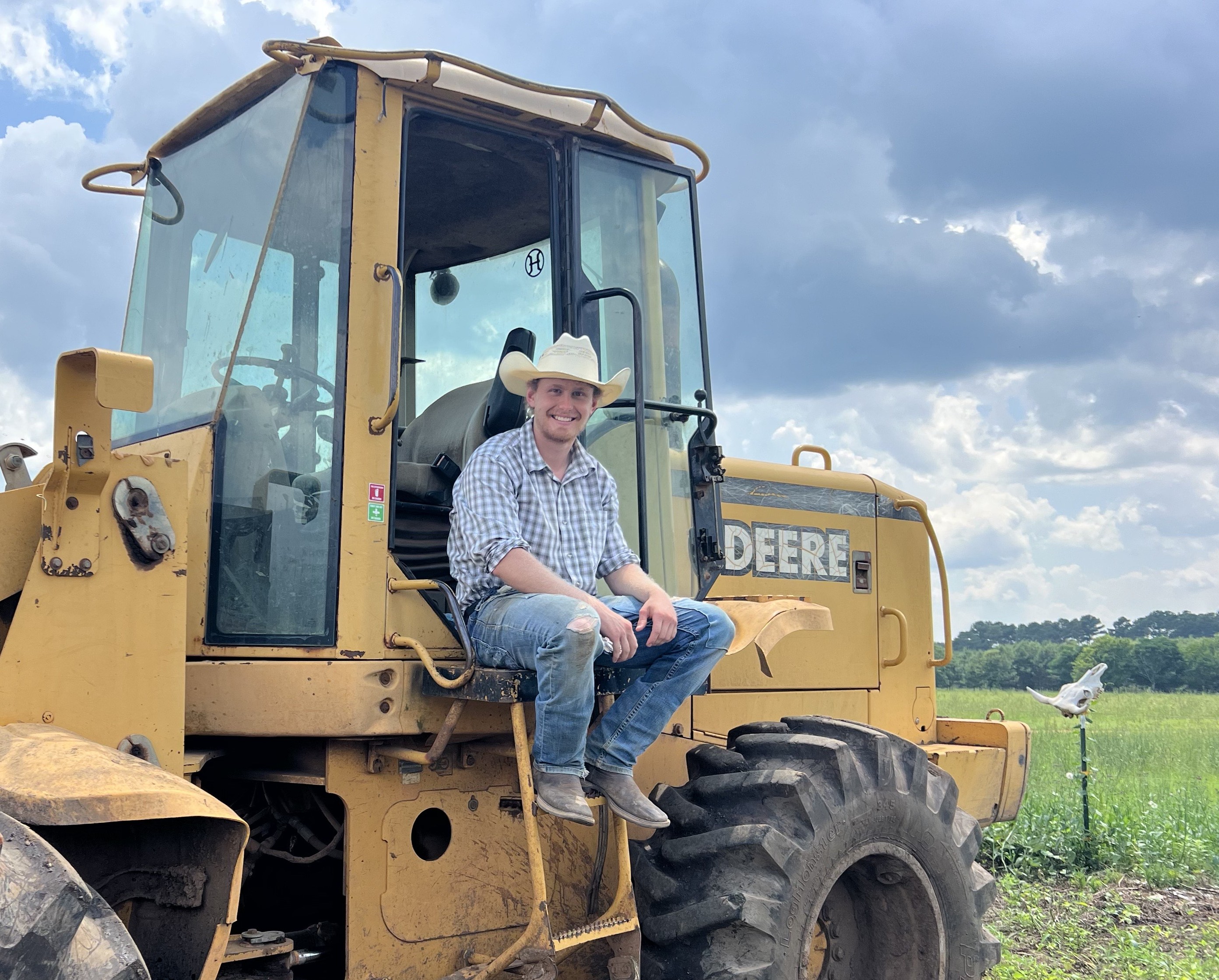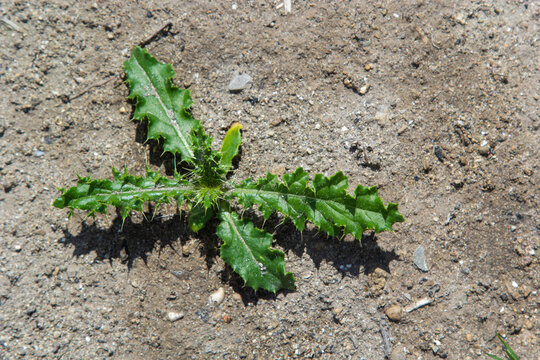TheFarmersDigest
The Farmers Digest
Jul 6, 2025

Editor
Miles Falk

Editor
Chris Pigge
Canada Thistle: What It's Trying to Tell You

Canada thistle (*Cirsium arvense*) isn't just a weed, it's a biological red flag. When it shows up, it's rarely alone and never without cause. This aggressive perennial thrives in soils that are **disturbed, compacted, and unbalanced** often the result of overgrazing, heavy equipment, or tillage without sufficient recovery. It loves bare soil with poor structure and takes full advantage when the competition from healthy perennials disappears.
Dig deeper (sometimes literally), and the story gets more specific. Canada thistle often signals **soils low in calcium and phosphorus, with excess potassium and magnesium**, and frequently leaning acidic. These imbalances limit the growth of deep-rooted, mineral-cycling forages like clover or orchardgrass leaving a vacuum thistle is only too happy to fill. It also favors soils with low microbial activity and poor aggregation, meaning rain doesn't infiltrate well and roots can't breathe. So what you're dealing with isn't just a weed problem, it's a **soil function problem**.
And sometimes, Canada thistle is trying to *perform* that function in the absence of better options. Its deep, aggressive roots can reach down into compacted or mineral-bound layers of the subsoil and pull nutrients, especially potassium and calcium toward the surface. In this way, it's acting as a **biological mining tool**, doing what legumes and deep-rooted grasses *would* do if they were able to establish. In early successional or heavily degraded systems, thistle can even serve as a **pioneer species**, stabilizing bare soil, cycling minerals, and setting the stage for more desirable plants if given a proper successional path. It's not a villain so much as a symptom, and occasionally, an awkward helper.
And this is exactly why thistle doesn't respond well to simple solutions. Mowing, spraying, or spot-pulling may knock it back temporarily, but it'll come roaring back unless the underlying conditions change. That's where **high stock density grazing** comes in.
Rotational high stock density grazing

Unlike conventional grazing where cows cherry-pick the best bites and leave thistle untouched, **high-density, fast-rotation grazing creates a whole different environment**. This type of grazing is when you give cows a small amount of land relative to their stocking density and move them frequently with long rest periods. The pressure forces animals to graze less selectively, trampling and nipping at the thistle especially when it's young and pre-flowering. That hoof action stimulates biological activity in the soil, redistributes manure and urine evenly, and encourages competitive regrowth from more desirable forage species. Over time, this biological disturbance can help **rebalance the soil naturally**, improving structure, mineral cycling, and plant diversity making the thistle's job unnecessary. Ultimately you are letting your cattle, sheep or goats graze the thistle out of your pasture!
That's not to say fertility inputs are irrelevant. Canada thistle often signals that your soil could use some help especially with **calcium, phosphorus, and organic matter**. Lime or gypsum can improve calcium levels and soil structure, while soft rock phosphate addresses slow phosphorus release. But fertility alone won't shift the system. **The best strategy is biological, hoof impact, rest, and good timing** to truly change the trajectory.
As for herbicides? They might buy you time, but they won't fix the context. Canada thistle is opportunistic if the door is open, it will keep coming back. Herbicides like clopyralid and aminopyralid can suppress it, but they also leave behind persistent residues and don't address the root cause: a misaligned plant-soil relationship.
Canada thistle isn't just something to kill. It's something to listen to. It's telling you the soil is compacted, the biology is struggling, and the competition has collapsed. Fix those issues, and you won't need to fight thistle, it'll leave on its own.
Canada thistle isn't just something to kill. It's something to listen to. It's telling you the soil is compacted, the biology is struggling, and the competition has collapsed. Fix those issues, and you won't need to fight thistle, it'll leave on its own.
References
Minnesota Board of Water and Soil Resources. Invasive Species Control: Canada Thistle Control.
Alberta Beef Producers. (2023). Three insights on controlling Canada thistle through grazing.
Colorado State University Extension. Canada Thistle.
Canadian Cattlemen. (2013). Controlling Canada thistle in pastures.
University of Minnesota Extension. A war of attrition: Canada thistle.
South Dakota State University Extension. Plan now to control weeds with grazing next season.
Canadian Cattlemen. (2023). Producers can manage Canada thistle with rotational grazing.
North Dakota State University Extension. Organic management of Canada thistle.